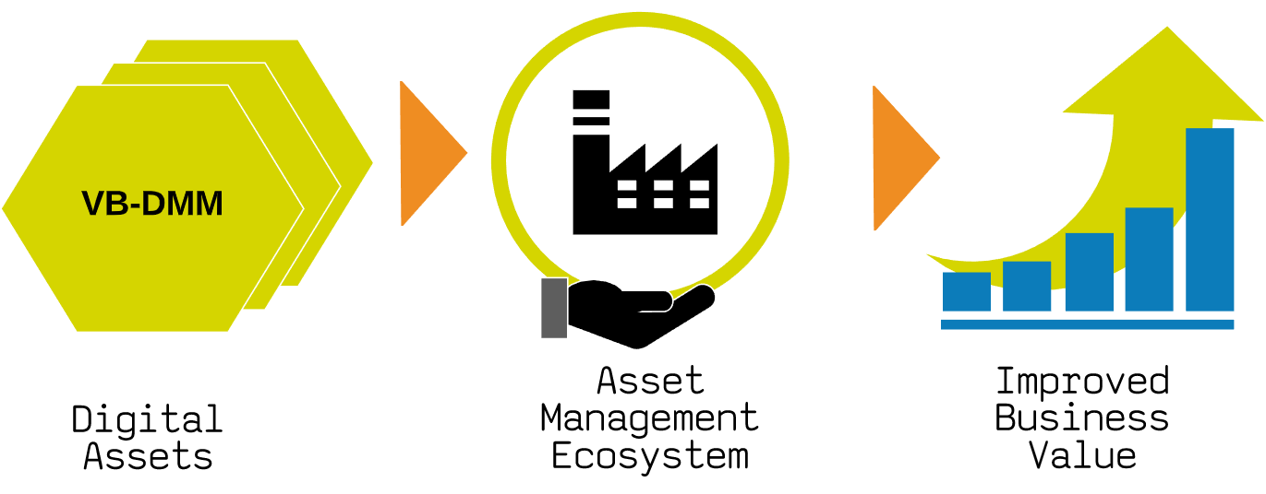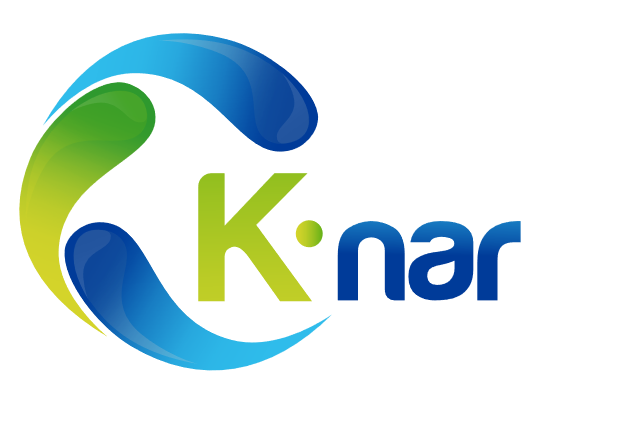¿Is it real the concept of “Digital Asset”, and is there any relationship of that with Value-oriented Industrial Asset Management?
What is a Physical Asset?

Pieces of equipment like a pump, a heat exchanger, a distillation tower, a turbine, allows for the interaction of matter and energy in specific ways able to produce transformations considered valuable and worth of an economic value. Physical assets, by implementing production functions, act as business value enablers, based on their capacity to perform energy and matter interactions and transformations.
And, a Digital Asset, what could be a Digital Asset?
Whatever “digital processing thing” able to produce business value out of the transformation of data, is considered to be a “Digital Asset”.

· A “on-off “control loop loaded into a PLC (aimed to save the process from an overfill, and by that, adding value in the safety and cost-control value dimensions), act as a low-level Digital Asset.
· A stack of big data plus advanced artificial intelligence processes supporting intricate decision making processes involving all variability and randomness surrounding the Industrial Asset, act also as Digital Assets.
Bits can’t generate real products. Why call such algorithms, “assets”?
No relevant industrial process commands and coordinates itself spontaneously. Even when the physical transformations of mass and energy occur in the physical assets, such transformation is unable to produce value or even be safe, when happening randomly. So those “bits” required to a process control, by enabling value, gain the right to be called assets.
Ok, then control algorithms are the real digital asset, as they are the only logic required for producing value.
Indeed, control systems offer the convenience of automating the micro decision-making process required for maneuvering physical assets toward the required operation point, with the speed and repeatability required for a process to be stable and safe. Said that, control systems do not define themselves when to produce what using which resources. There are higher decision-making processes beforehand required to define that, and such happen to be a central difference between a profitable and timely coordinated production plan, and lots of wasted material stored in the warehouse with no chance to be sold.
Ok, then perhaps the production planning algorithms were the one missing. But only those! are possible to be considered Digital Assets.
This technological world induces us sometimes to forget that every piece of equipment belongs to the natural world. A myriad of natural chemical and physical phenomena happen all the time inside an industrial plant. Main function of physical assets uses exactly such natural features to allow the required mass or energy transformation to happen. But those natural processes are able to deviate or affect the status of the materials conforming every element of our Industrial Assets. Materials are active things and, once provided with enough energy,they tend to change in ways something contrary to the safe and continued operation of the plant.
We call the effect of such undesired material transformation “failures”, and no Industrial process is capable of being safe, or controllable. not to say profitable, if we don’t descry how to prevent or counteract the failure mechanisms present behind every potential failure in the plant. Right decision-making process in such an arena allows for plants available and safe enough. Inability to identify damaging conditions and inability to decide how and when addressing them is more cost-effective, erodes Industrial Asset value generation capacity.
Come on! You’re talking about every piece of data and information in the plant. You’re saying, then, that everything is a Digital Asset?

Well, whatever “processing” of data and information leading to a decision is what we call a Digital Asset. Why? because given a base condition of a market to serve, it is a collection of “decision-making” processes what differentiates winners from losers in such markets. Those able to make the right decision about the business, more frequently, agilely and less costly, are those who grow continuously in the market. Right decisions cause business value and, by that we declare that resources for taking the right decision cause or “generate” value, deserving for such quality, the right to be called “assets”; not physical but Digital Assets.
I’m confused. Just give me a simple example. I just think Digital Asset is a term invented as a way to confuse people and push them to buy expensive stuff!
That one is easy. Just grab a senior kid from a school next to your plant, and sit this young fellow in the main control room of your power plant, let’s call him Jimmy. Sit next to him in the control room and wait. How long will it take for your plant to get in a critical condition? Well, the time required for this young fellow to take a decision! What you miss from the experienced Joe sitting there for years is not his charm and particular northern or southern accent.

The Physical Asset is the same with Jimmy or with Joe!, but you’ve wounded the decision-making capacity by replacing Joe with Jimmy, a kid with no decision-making capacity relevant to your specific asset. Digital assets are not important because they are digital; if we were to represent information with potatoes, we’d called them Potato Assets. They matter and they are called assets because they relate to decision-making. They’re digital assets because we happened to manage information digitally, but the central element of them is they serve the decision-making process of the plant at various levels, and because of that, they act as enablers, or causal factors for the business value.
Well, maybe. But then you say just having our digital or potato assets.. we’re done?
Not really. Digital assets cooperate with physical assets to generate value, but again, decision-making processes “cause” value; or in slower motion, “act as causal factors for business value” meaning that the execution capacity that must follow such decisions is also required for decision to be fully implemented, and the value fully realized. There we’re not talking about decision-making or digital assets; there we’re talking about the capacity of the asset to act /execute / function upon/ a given command fluently, rightly, efficiently and correctly.

There you may find restrictions associated to coordination of resources, or to people competence, or in inter-department noise in the communication of decisions. Cultural stuff may also prevent you from executing properly a decision, so there’s more than only taking the right decisions. That part we call” Asset Management Ecosystem” trying to depict an idea of an “evolving interaction” between elements where positive feedback acts in favor of survival of whatever is in there just because it works, but also negative feedback allows to “extinct” value damaging behaviors or elements.
This already sounds very Darwin. Let’s keep the “Asset Management Ecosystem” for another talk!

